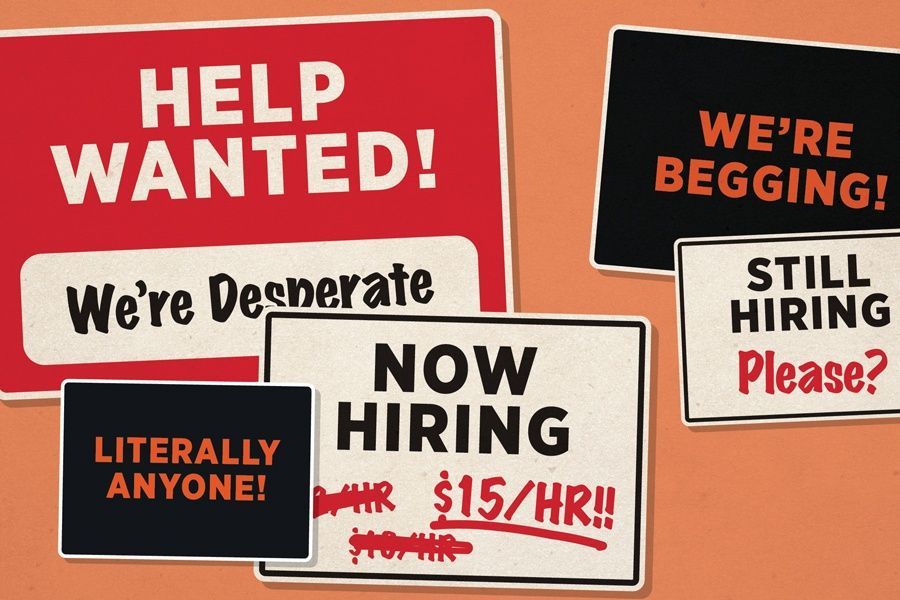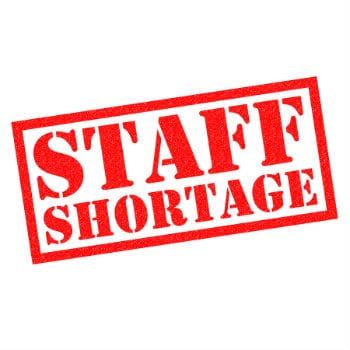Coaching for Success in Human Service Agencies
More than half of U.S. workers — 61% — are considering leaving their jobs in 2023, a new report from LinkedIn has found.
Gallup State of the Global Workplace: 2023 reports 47% of the US & Canada employed workforce are actively watching for or seeking a new job.
40% of employees stated that they are at least somewhat likely to leave their current job in the next 3–6 months. The top three factors employees cited as reasons for quitting were they didn’t feel valued by their organizations (54 percent) or their managers/supervisor (52 percent) or because they didn’t feel a sense of belonging at work (51 percent). McKinley Quarterly September 2021
79% of employees who quit their jobs say a lack of appreciation is a key reason they left. Based on a 10-year study of 200,000 employees and managers. The Carrot Principle, Adrianne Gostick
HR Magazine found that 95% of exiting employees blamed an ineffective manager (supervisor).
The results for human service agencies are even more dramatic.
Worker turnover in U.S. human services has an average overall turnover rate for workers of 36% annually and a rate of resignations alone of 24% annually. (http://www.qic-wd.org January 24, 2022)
The same issue is occurring in every human service sector, public and nonprofit; every human service domain - child welfare, education, juvenile justice, mental health, developmental disabilities, senior services.
The common thread is lack of a competent consistent direct service delivery staff.
An agency can lose a supervisor or manager or senior staff and successfully continue to delivery its services, but, when you don’t have the trained direct service staff to meet client/student needs daily there is a problem.
Assuming your agency has the funding for the direct service staff you need, then the challenge is both recruiting and retaining that staff.
The data is clear. We are not successfully recruiting, training and retaining the direct service staff we need.
I hear from agencies, the folks they need are just not “out there”. Or “they don’t want to do the work we require” or “they don’t want to work with our population”.
Blaming folks for not wanting to work for you is not their problem – it is your problem.
And if it is your problem, then you as the leaders have the responsibility to fix it.
Our front-line (younger) work force has been telling us for decades what we need to do differently and few of us have listened to their input.
- Be success focused not punitive (progressive discipline)
- Tell me what I need to do always to be successful in my job (clear job descriptions without “other duties as assigned”)
- Teach me to do my job successfully
- Coach me – help me learn the rules, teach me how to win (aka succeed)
- Ask for my input and feedback and listen to me rather than tell/direct me
- Do not threaten me with write-ups or corrective action plans or punish me
- Be my advocate and cheerleader – tell me when I am doing well and help me/ teach me not direct me to do better
- Help me learn to solve my own problems rather than you fix them for me or direct me how to fix it
- Seek to help me be empowered in my job not cower in my job
- Be fair with me and everyone else
- Reward success not longevity
- Above all, model for me the behavior you want me to learn
What this all means is you as the agency’s leaders must start by implementing a program of training and accountability for everyone in your agency that supervises from CEO/President to first line supervisor how to coach the staff under their supervision to be successful in their job.
When an employee is not being successful in their job, you must first ask, “ Did we hire the person for this job believing they had or could gain the knowledge, skills and tools they need to be successful in this job?”
If we hire a person who is capable of being successful, then it is the responsibility of their supervisor to help them become and remain successful. When that person is not being successful, we have to ask the supervisor what they have done and need to do to help that employee succeed.
Said differently, employees fail because their supervisor failed.
Research found that one of the top reasons people quit their jobs is because they don’t feel valued by their supervisor. had twice as much impact on employee wellbeing than manager recognition. LinkedIn 3.30.2023
Gallup found a few results that are disappointingly low:
- Only 22% of employees strongly agree the leadership of their organization has a clear direction for the organization.
- Only 15% of employees strongly agree the leadership of their organization makes them enthusiastic about the future.
- Only 13% of employees strongly agree the leadership of their organization communicates effectively with the rest of the organization.
Success in human service agencies begins with senior leadership committing the time and money to training and then holding every supervisor at every level, regardless of how long they have been with the agency or how high their position is, accountable for coaching themselves and every supervisor how to help staff under their supervision succeed at work.
Coaching for Success in Human Service Agencies is a proven model for training and accountability of supervisors. The training only requires 3 days. The implementation and accountability is a multi-year process.
LEADING FROM OUTSIDE THE BOX is a monthly newsletter for human services leaders.
Its purpose is to challenge your thinking and help you improve organizational and outcome performance.
To receive your copy free, simply email Jeff Bormaster and ask to be added to the mailing list. Feel free to share these newsletters with other human services leaders, simply include the contact information.
You can read previous issues of Leading Outside the Box at www.jeffbormasterconsulting.com/topics










